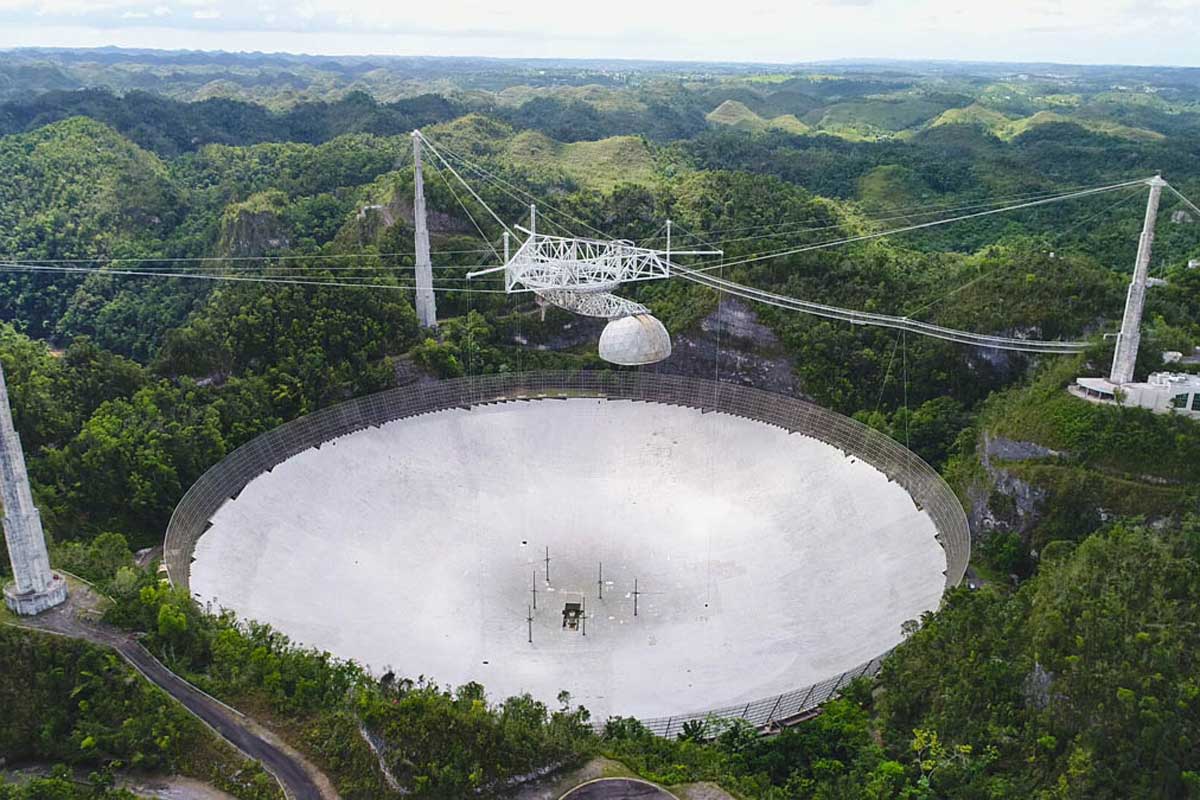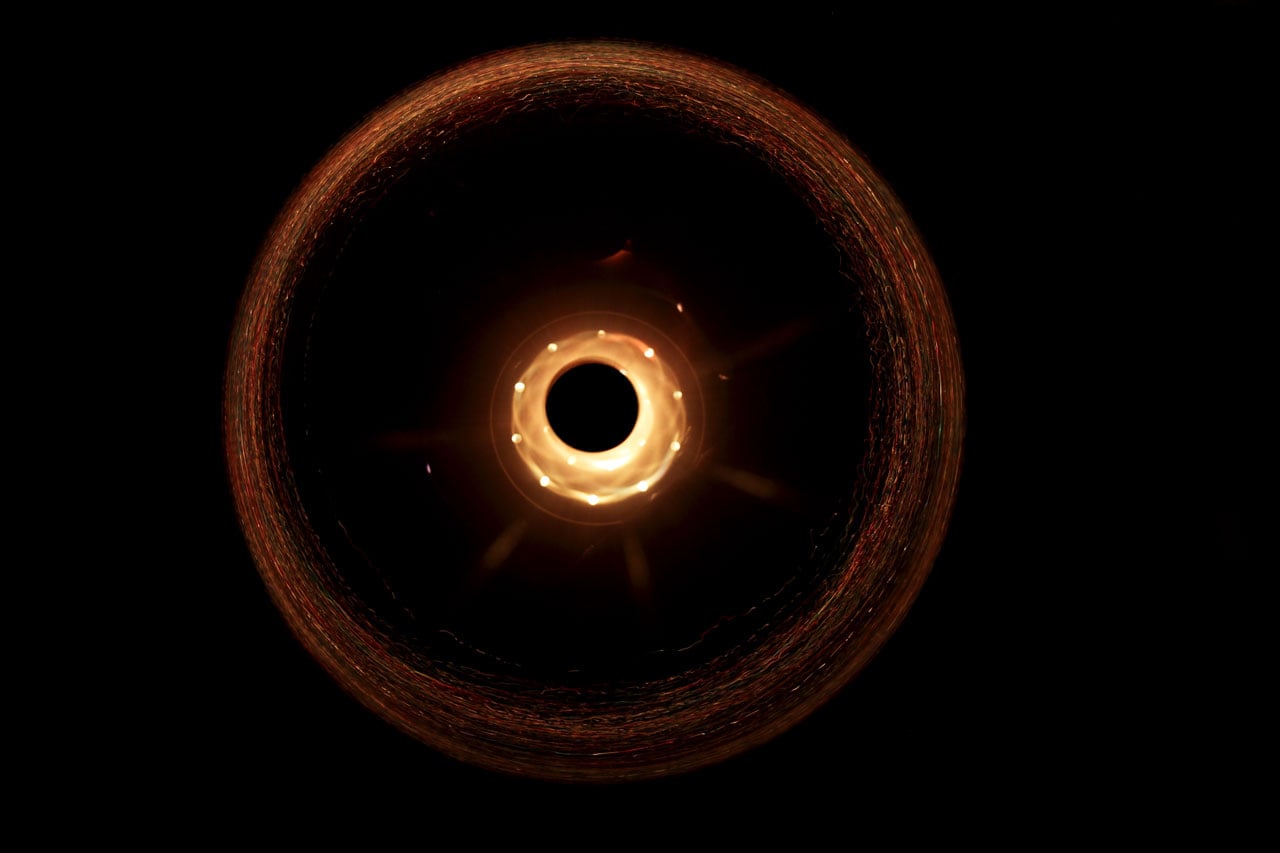
Continue reading

Continue reading

The Perseverance rover's landing site was renamed the Octavia E. Butler Landing, in honor of the groundbreaking author who passed away in 2006.
Continue reading

Continue reading

Continue reading

Continue reading

The Perservance rover has commenced science operations on Mars, which includes driving across the red sandy surface of Jezero Crater
Continue reading

If magnetic monopoles exist, they might be found in Earth's magnetic field. A new paper gives the first results of the search.
Continue reading

A new study offers a new take on why 'Oumuamua could not have been an alien probe: a lack of motivation!
Continue reading

Continue reading

Continue reading

Continue reading

You can spot satellites in far-flung orbits… if you know exactly where and when to look.
Continue reading

Continue reading

As part of the 2021 NAIC proposals, NASA is investigating a concept for a sample-return mission to Titan that would harvest its own fuel from local resources.
Continue reading

Continue reading

Continue reading

An alternative to general relativity predicts wormhole travel is possible, but only if you're teeny-tiny.
Continue reading

A new study led by the Initiative for Interstellar Studies (i4is) has found that interstellar objects like 'Oumuamua visit our Solar System seven times a year!
Continue reading

Continue reading

Work has begun on the sixth and seventh mirror segments for the Giant Magellan Telescope, which will begin studying the cosmos by the late 2020s.
Continue reading

Continue reading

A new look at warp drive fuels hope that it might be possible after all.
Continue reading

Continue reading

Continue reading

Continue reading

An oceanic research team recently demonstrated that one of the largest ecosystem on Earth thrives on the radioactive decay of elements
Continue reading

Continue reading

Continue reading

Continue reading

The smallest black hole we've observed might prove dark matter is made of primordial black holes.
Continue reading

Continue reading

A new video by astrophysicist and Youtuber Scott Manley breaks down what went wrong with SpaceX's latest test flight
Continue reading

Continue reading

Peter Beck announces an addition to the Rocket Lab family, with the Neutron Rocket.
Continue reading

Continue reading

Continue reading

A new analysis of lunar rock samples has revealed details about its early history, particularly how the Moon's iron core differentiated from its mantle.
Continue reading

Continue reading

Continue reading

Continue reading

Continue reading

Continue reading

The CARMENES consortium recently discovered a super-Earth just 21 light-years away that will be the perfect test case for exoplanets in the future.
Continue reading

Continue reading

Continue reading

Continue reading

Continue reading

The ESA's Copernicus Sentinel-1 satellite recently spotted an iceberg the size of New York City breaking off the Brunt Ice Shelf in Antarctica.
Continue reading

The Nancy Grace Roman Telescope just received a new infrared filter that will allow it to explore even more of the cosmos!
Continue reading


















































